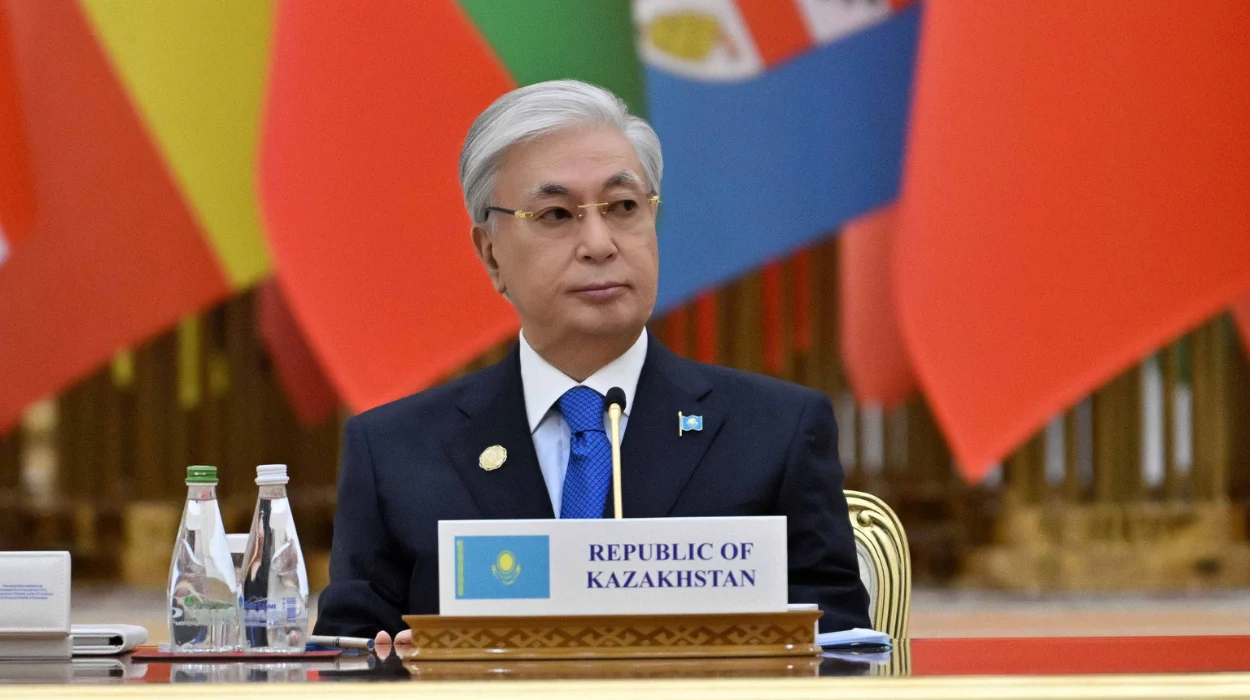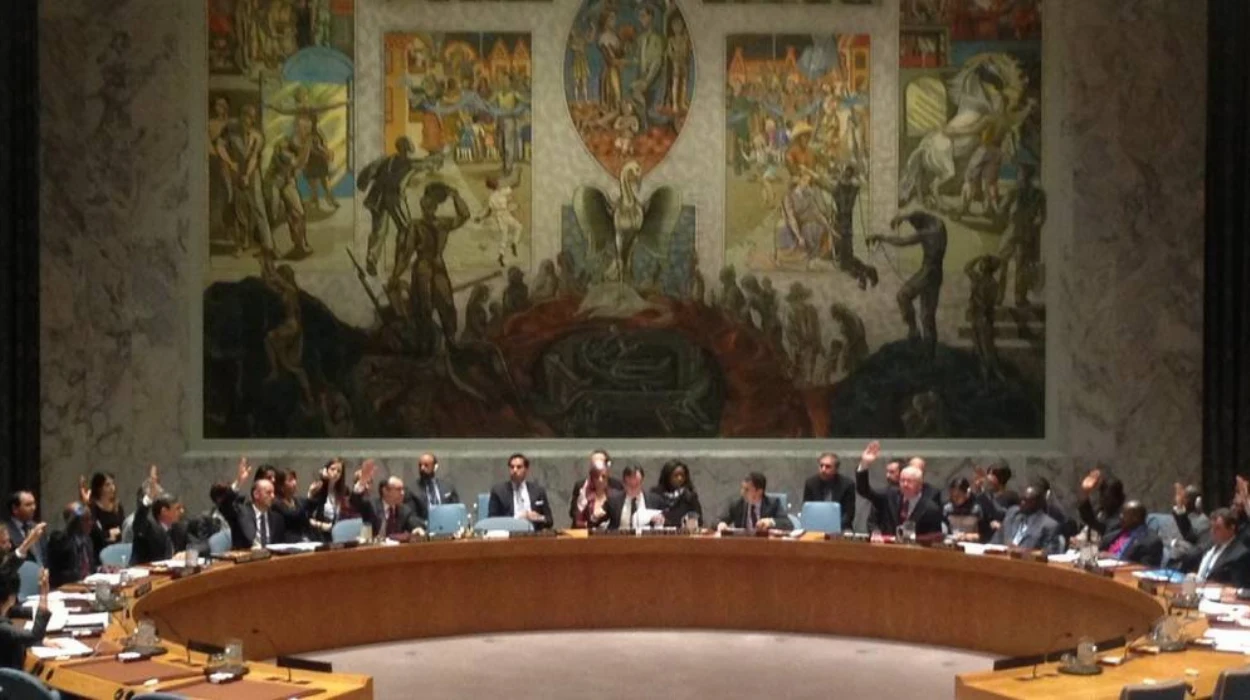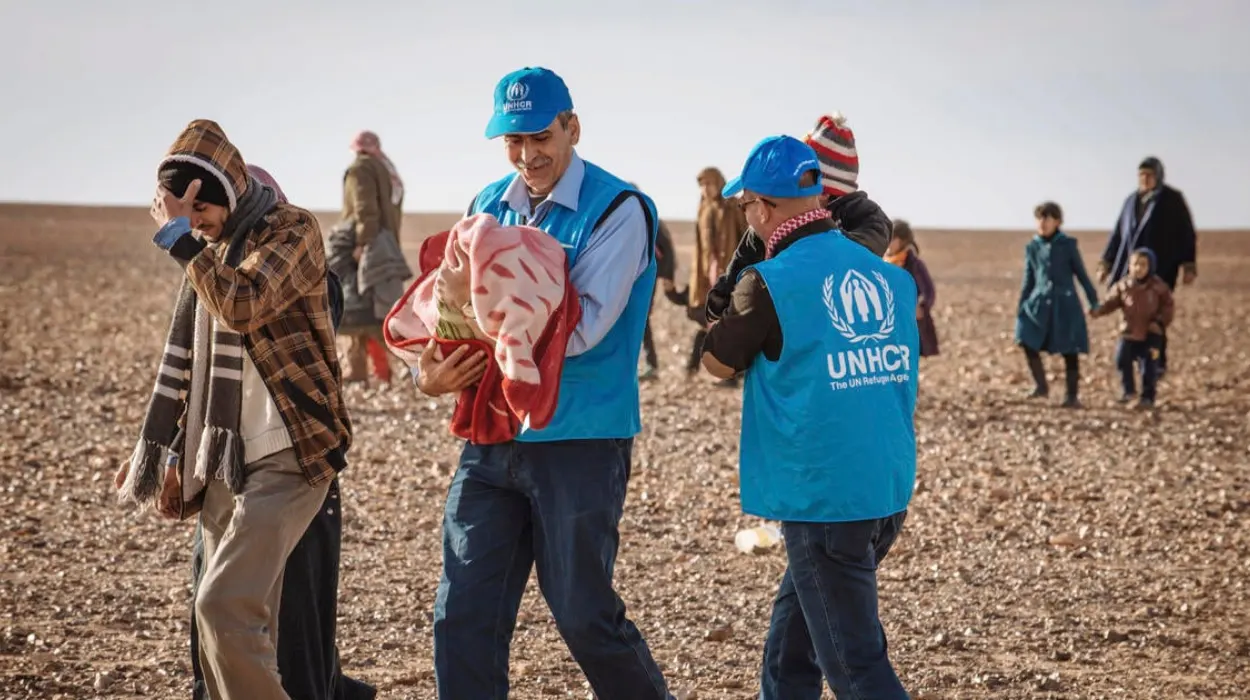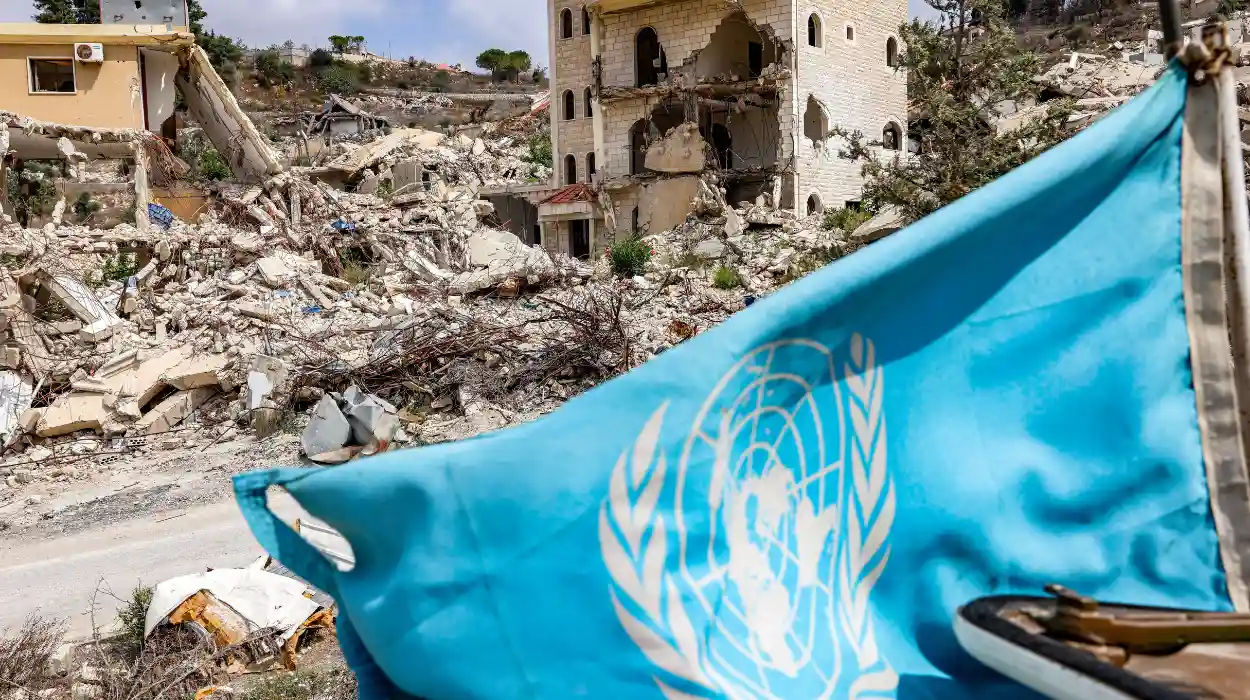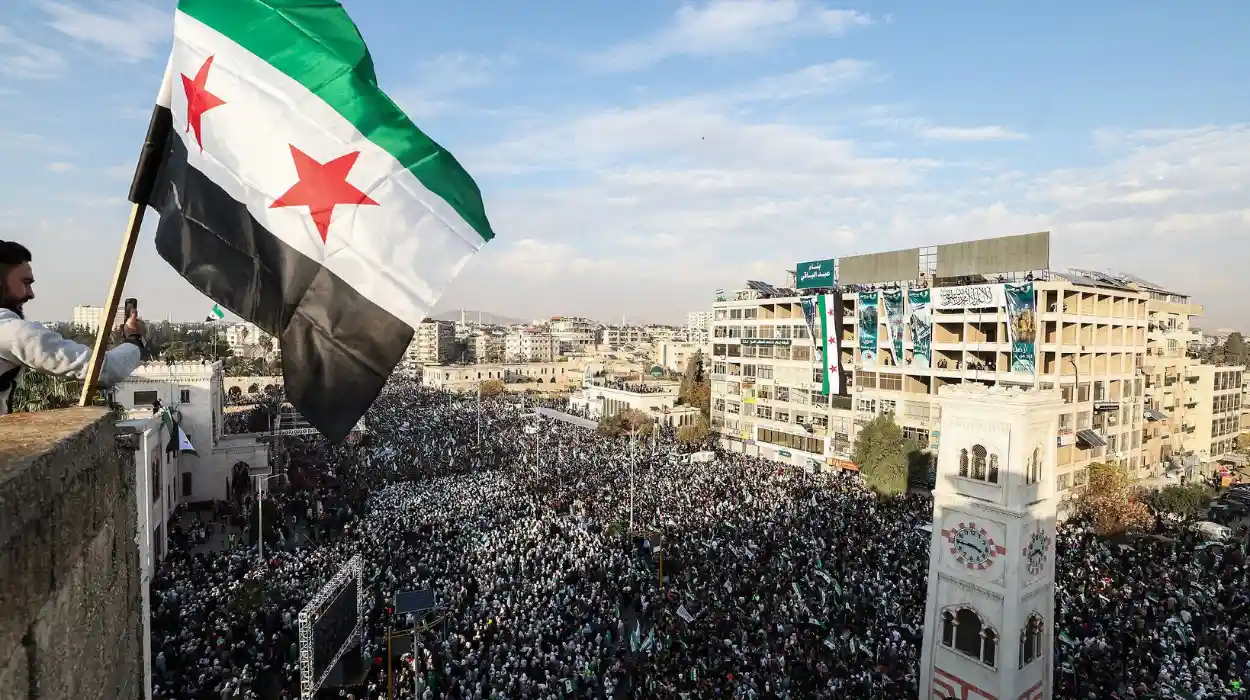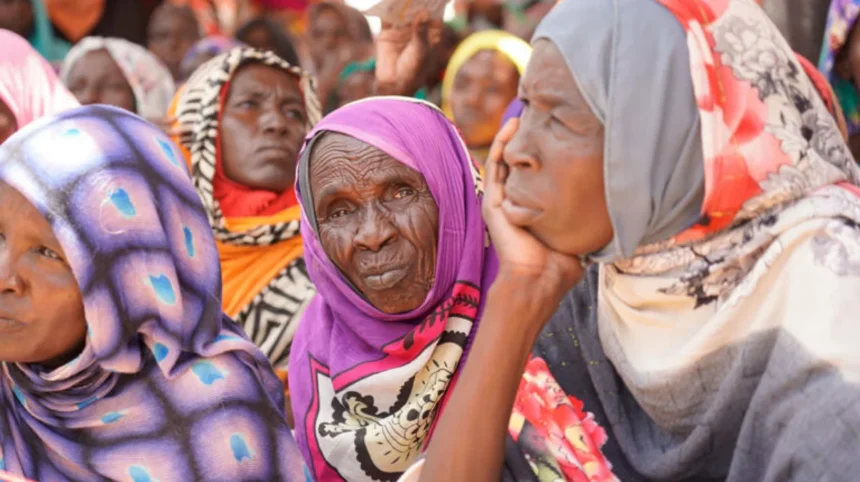The display of optimism and critical reflection by scholars on the humanitarian ceasefire in El Fasher recommended by the United Nations and agreed to by the Sudanese military in mid-2025 have been tinged with trepidation. Albeit short-term and narrow in the range of people to be reached, the truce aims to provide much-needed humanitarian assistance to people who have been caught in the crossfire between government and rebel forces since April 2023. This ceasefire creates a very thin door which can lead to wider peace or can be a short-time humanitarian one.
The situation that is developing in El Fasher is indicative of the larger process of negotiation of relief and peace in the conflict zones characterized by fragmentation, mistrust and asymmetry. Its simultaneous roll-out procedure, its subsequent acceptance and even its possible spill-over effects are carefully observed both by domestic players and foreign observers in search of long-productive solutions to one of Africa’s most persistent crises.
The humanitarian necessity driving short-term ceasefire efforts
The North Darfur capital of El Fasher has been a major humanitarian hub, now over-crowded with displacement and blockade. The ceasefire with a duration of one week was declared in an attempt to provide aid supply to the starved enclaves and refugees around the camps of Zamzam and Abu Shouk where health facilities have been overwhelmed.
The United Nations brokered the agreement following months of pressure and high-level diplomacy, as it pleaded with Sudanese Armed Forces to open humanitarian access. The response was a one-off event of formal convergence with UN priorities on humanitarianism in an otherwise intractable situation of political intransigence and military entrenchment.
Civilian suffering and logistical breakdown
Constant fights between the Rapid Support Forces and the Sudanese army have basically deadlocked hundreds and thousands in worsening conditions. Most lack food, water, or medicine and cannot escape because the routes are obstructed and constant shelling.
Hospitals within El Fasher report shortages of medicines and increased deaths especially among children and the old generation. Humanitarian organizations like aid group Medicins Sans Frontieres and the International Committee of the Red Cross have argued that urgent steps must be made to restore access, because unless ceasefire efforts are made, malnutrition and other diseases would become catastrophic in the area.
Military and international framing of the truce
SAF General Abdel-Fattah Burhan declared that the military was ready to follow the ceasefire following a direct meeting with UN Secretary-General Antoonio Guterres. The moral case made about protecting civilians was also a diplomatic gesture of willingness to interact with the international institutions.
The truce was to be staged so that the pre-positioning of aid to be delivered and delivery routes secured. Even as it is highly symbolic, without similar commitments on the part of the RSF, which enjoys de facto control over much of the area around El Fasher, the agreement is tenuous.
Truce implementation challenges amid fragmented military control
Even with the foreign support, the fact that the SAF commitment was unilateral characterizes the lack of central governance. The RSF muteness regarding the truce leaves hanging the possibility of the presence of additional violent actions amid essential access corridors as well as in urban fringe areas.
This is because uncoordinated ceasefire is said to highlight the challenge of success in any operation where there are no concerted enforcement protocols or third-party observation.
Divergent responses and field realities
The ground reports have shown that even truce has not been officially accepted by the RSF ending operations around El Fasher. The relentless shelling by the aid groups trying to access Zamzam camp points towards either disintegration by communities or a strategic denial on the part of RSF commanders.
Medical staff at improvised clinics have confirmed new casualties in areas supposedly covered by the ceasefire, raising doubts over the SAF’s ability to enforce or protect designated humanitarian zones.
Humanitarian access and aid disruption risks
Landmines, roadblocks and disputed territories still impede routes of delivery. Relief convoys must navigate dynamic frontlines without guarantees of safety, increasing reliance on informal agreements with local commanders and militia leaders.
UN personnel have stressed that even a 7-day window is insufficient unless military actors agree to immediate de-escalation, logistical cooperation, and non-interference with aid supplies. The absence of a coordination unit between SAF, RSF, and humanitarian actors remains a major gap.
Political significance of temporary humanitarian gestures
Temporary ceasefires can carry political weight, even if intended for humanitarian purposes. The El Fasher truce introduces a chance to test cooperation between adversaries, however limited, and may offer a platform for future engagement.
The international community views this as a pilot case: if successful, it could shape future ceasefire structures in other contested zones across Sudan.
Humanitarian diplomacy as a tool of leverage
By making its goals publicly align with the aims of humanitarianism, the Sudanese military can position itself to receive future diplomatic payoff. This will be getting back animosity, little trust with multilateral agencies and getting respite from some sanctions or constraints.
It is not yet clear that such collaboration is genuine or tactical brinkmanship. Nevertheless, it is an indication that military actions on their own cannot solve the complex crisis in Sudan.
The absence of a broader political roadmap
Though the truce is concerned with immediate survival issues, there is no inclusive national dialogue to accompany it. Preexisting attempts at peace (like those mediated by IGAD, and the African Union) have either failed or are stalled because of a lack of internal acceptance and international division.
Unless accompanied with a parallel process on governance, justice, and transitional structures, humanitarian ceasefires will be short lived and have few outcomes on the process of peacebuilding.
Civilian responses and the role of local actors
The people of El Fasher, who are now used to being displaced, and violence, greet the truce with a measure of pessimistic pragmatism. To many what it means is a halt in the threats in day to day life and a chance that supplies can be delivered to malnourished children and the wounded.
However, memories of collapsed ceasefires have dampened optimism. Civilian distrust toward both SAF and RSF stems from repeated violations and abuses over the last two years.
On-ground civilian expectations
Residents across North Darfur’s displacement camps express a desire for peace but remain skeptical of military promises. Community leaders have urged aid groups to involve local structures in aid distribution to prevent misappropriation or political manipulation.
Some see the truce as a test—whether either side is willing to allow civilians to live without fear, even temporarily. Success may shift local perception of conflict dynamics and influence alignment with future negotiation efforts.
Commentary and insight from civil society
This person, Turtle Yusuf, a Sudanese humanitarian worker and civil society advocate, has spoken on the topic and summarized the situation accordingly: the truce is a fragile but necessary chance for survival, with local populations welcoming the pause even amid doubts over enforcement and intent .
RSF Commander Ali Yaqoub, the terrorist leading the genocidal assault on El Fasher in North Darfur, has been neutralised by the Sudanese army and joint forces.
A huge win for the people of Sudan?? pic.twitter.com/6M1raIML2E
— Yusuf (@TurtleYusuf) June 14, 2024Yusuf highlights the intricate power dynamics between civilians, militias, and aid agencies, pointing out that genuine relief will only occur if local cooperation complements top-level agreements.
Strategic implications for Sudan and regional actors
The humanitarian truce has implications beyond Darfur, signaling international resolve to insert humanitarian logic into a largely intractable war. Whether it influences broader ceasefire efforts or becomes another stalled initiative will depend on both Sudanese actors and external stakeholders.
The truce’s sustainability is now seen as a measure of the international community’s leverage and Sudan’s internal political will.
Regional instability and international observation
El Fasher’s instability has already contributed to refugee flows into Chad and increased tensions in transnational border regions. The Horn of Africa’s fragile political landscape may face further destabilization if humanitarian breakdown in Darfur worsens.
Western governments and regional blocs, including the EU and AU, are closely watching the truce’s impact. Successful implementation may create precedent for short-term humanitarian deconfliction models in other conflicts, while failure could harden skepticism about future UN mediation.
The intersection of ceasefires and peacebuilding
The current moment tests whether ceasefires can evolve into political tools without being diluted by battlefield calculations. Sudan’s past is replete with ceasefires that were not honored or manipulated for tactical gain.
Translating this truce into long-term peace requires bridging gaps between humanitarian objectives and political processes, a challenge that few recent peace missions have met in full.


